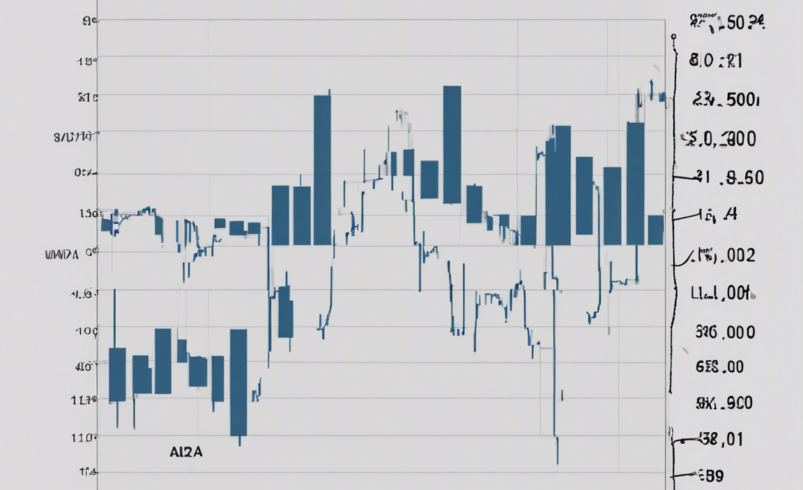Investors and traders often rely on technical analysis to anticipate future movements of share prices. One such company that rigorously studies share price trends is Advik Capital. By delving into historical price data, patterns, and indicators, analysts can make informed decisions about when to buy or sell Advik Capital shares. In this article, we will explore how to conduct share price trend analysis for Advik Capital, offering insights into the methods and tools used for evaluating market behavior.
Understanding Share Price Trends
Share price trends reflect the direction in which a stock’s price is moving over a given period. Analyzing trends helps investors identify whether a stock is experiencing an uptrend, a downtrend, or is moving sideways. Advik Capital, being a dynamic player in the market, has its own unique price patterns that can be deciphered through technical analysis.
Key Tools for Share Price Trend Analysis
Moving Averages
Moving averages are commonly used to smooth out price data and identify trends over time. The most popular types are simple moving averages (SMA) and exponential moving averages (EMA). By plotting these averages on a stock chart, investors can pinpoint areas of potential support and resistance.
Relative Strength Index (RSI)
The Relative Strength Index measures the speed and change of price movements. It ranges from 0 to 100 and is used to determine whether a stock is overbought or oversold. An RSI above 70 indicates overbought conditions, while an RSI below 30 indicates oversold conditions.
Fibonacci Retracement
Fibonacci retracement levels are used to identify potential reversal points during a stock’s price correction. By drawing Fibonacci levels on a chart, traders can anticipate where price reactions may occur, guiding entry and exit points.
Interpreting Share Price Charts
Uptrends
An uptrend is characterized by higher highs and higher lows on a stock chart. Traders look for buying opportunities during pullbacks within the uptrend, aiming to ride the upward momentum.
Downtrends
A downtrend is marked by lower highs and lower lows on a stock chart. Investors may seek shorting opportunities or avoid buying until signs of a trend reversal emerge.
Benefits of Share Price Trend Analysis
- Risk Management: Understanding trends can help traders set stop-loss orders and manage risk exposure.
- Timing Trades: By identifying entry and exit points, investors can improve the timing of their trades.
- Decision-Making: Analyzing share price trends enhances decision-making processes, guiding investment strategies.
Frequently Asked Questions (FAQs)
1. How often should I conduct share price trend analysis?
It is advisable to analyze share price trends regularly, at least on a weekly basis, to stay informed about market movements.
2. Can share price trend analysis predict future prices accurately?
While no method can guarantee 100% accuracy, trend analysis provides valuable insights that can guide trading decisions.
3. Do fundamental factors influence share price trends?
Yes, fundamental analysis (e.g., company earnings, industry trends) complements technical analysis in assessing share price movements.
4. Should I solely rely on technical analysis for trading Advik Capital shares?
Integrating fundamental analysis with technical analysis can offer a more comprehensive view and enhance decision-making.
5. How can beginners start learning share price trend analysis?
Beginners can start by studying basic chart patterns, moving averages, and technical indicators, gradually expanding their knowledge.
In conclusion, leveraging technical analysis to assess share price trends can equip investors and traders with valuable insights into Advik Capital and facilitate informed decision-making. By incorporating tools and methods discussed in this article, stakeholders can navigate the dynamic market more effectively and enhance their trading strategies.






